CASE STUDY
LeakVISION
Improving methods for detecting leaks on gas pipelines
Impact:
Transformational
Key benefits/themes:
Customer Vulnerability, Financial, environmental
Project partners:
Northern Gas Networks, Synthotech & Synovate
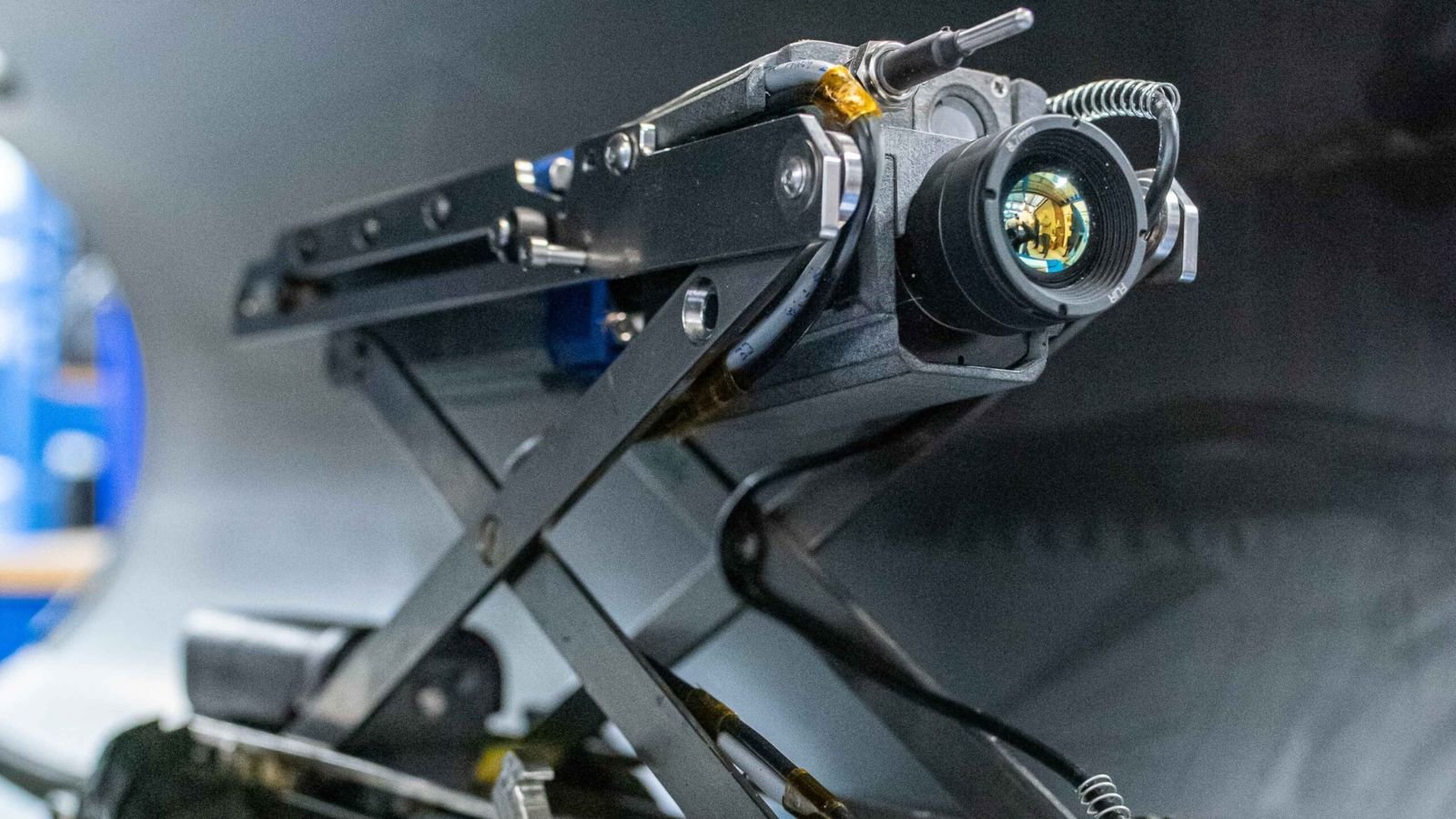
The Challenge
The UK’s gas networks currently use the ‘above ground bar holing’ method to detect gas leaks, which often produces inaccurate results, leading to unnecessary excavations and reinstatement activities. The application of this technique is also physically demanding and can cause unwanted strains or injury to operatives performing the work.
Additionally, pinpointing the location of a gas escape and making repairs is often a time-consuming process. This can cause excessive disruption for local communities, especially if multiple excavations are required to locate the exact position of the gas escape.
The Solution
LeakVISION is a detection sensor that inspects internal walls of live gas pipelines using machine learning technology to pinpoint areas of interest.
Compared to traditional techniques, LeakVISION gives users much more information in an easy-to-digest format whilst being quick and easy to deploy on-site, speeding up how leakage is detected and repaired.
The novel sensor enables improved decision making and precise targeted remediation, as well as an improved understanding of the leakage process through advanced thermal modelling techniques.
Learnings from this project and others have enabled Cadent Gas to implement LeakVISION as part of its BAU operations.
Project Partners
LeakVISION was developed as part of a Network Innovation Allowance (NIA) project with Northern Gas Networks (NGN). The project was delivered collaboratively by Synthotech and Synovate, and included ROSEN, The Technology Partnership (TTP) and academics.
The EIC supported NGN and Synthotech with the project development and contract agreement in accordance with the NIA framework .
Following successful completion of the NIA project, the solution was further progressed through the Discovery and Alpha phases of the Strategic Innovation Fund (SIF). This project, Thermal Imagery Analysis, was supported by NGN and National Gas Transmission.
The Project
Live field trials demonstrated various benefits for network partners, including reduced operational expenditure (OPEX). One trial conducted on a sample section of the gas distribution network in the north of England demonstrated that LeakVISION reduced the overall time required to locate and repair multiple gas escapes, minimising disruption to customers.
As part of the SIF funded project, a trial was completed in a live hydrogen pipeline to assess the device’s functionality and its capability to safely detect leaks. The trial proved successful, providing confirmation that both the deployment and retrieval approach for the device are secure.
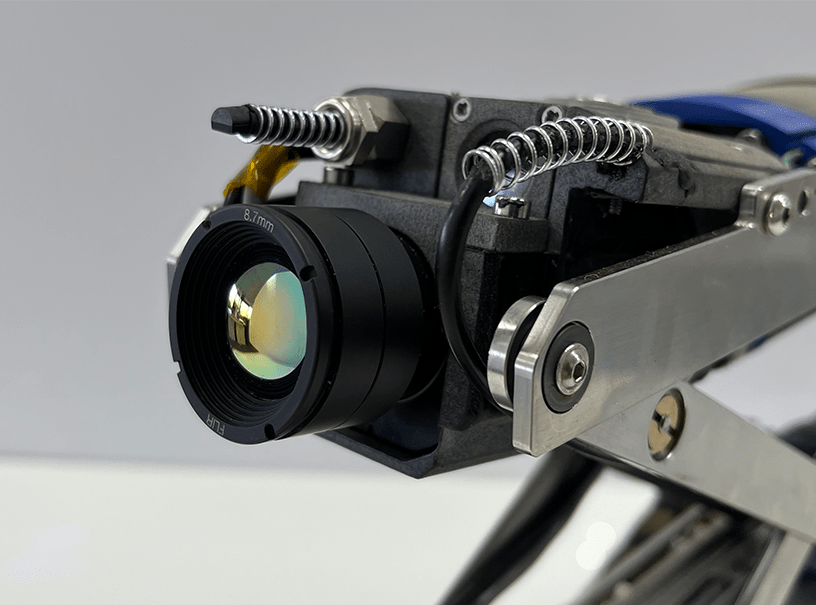
Outputs to Date
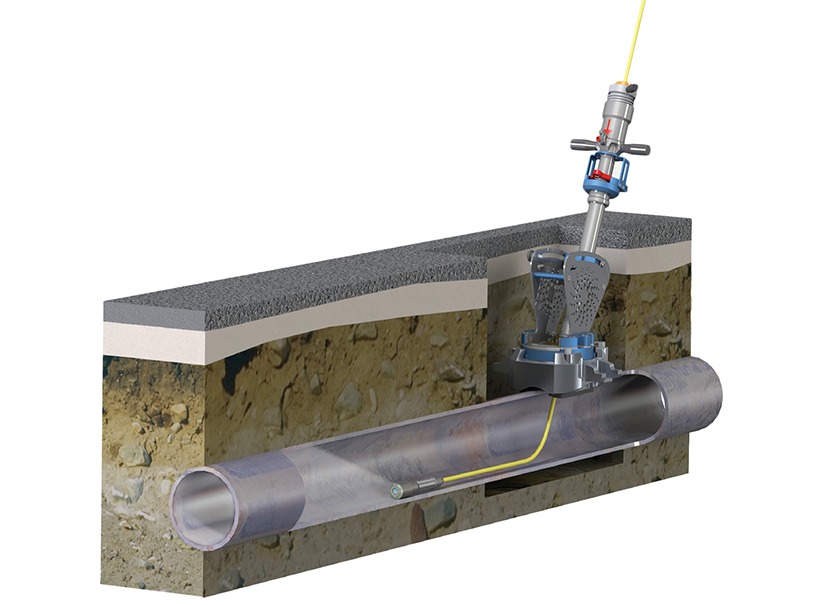
- The successful implementation of a live thermal imaging robotic system within an operational gas distribution network.
- The system potentially could identify specific ‘areas of interest’ that require remediation.
- The system has future capability to guide more agile asset investment decisions.
- A robotic device that uses a heating element to warm-up flowing gas, in a live distribution network, safely and without incident.
- Identification of design improvements for field operations.
The Impact
Customer Service
Minimised disruptions from excavations to assess pipes in difficult to reach places.
Societal
Reductions in the number of excavations and faster repair times.
Environmental
Reductions in the volume of gas vented to the atmosphere during complex-to-locate gas escapes.
Operational
A reduced number of excavations will lead to improved safety and will result in fewer injuries to operatives.
The Project
Live field trials demonstrated various benefits for network partners, including reduced operational expenditure (OPEX). One trial conducted on a sample section of the gas distribution network in the north of England demonstrated that LeakVISION reduced the overall time required to locate and repair multiple gas escapes, minimising disruption to customers.
As part of the SIF funded project, a trial was completed in a live hydrogen pipeline to assess the device’s functionality and its capability to safely detect leaks. The trial proved successful, providing confirmation that both the deployment and retrieval approach for the device are secure.
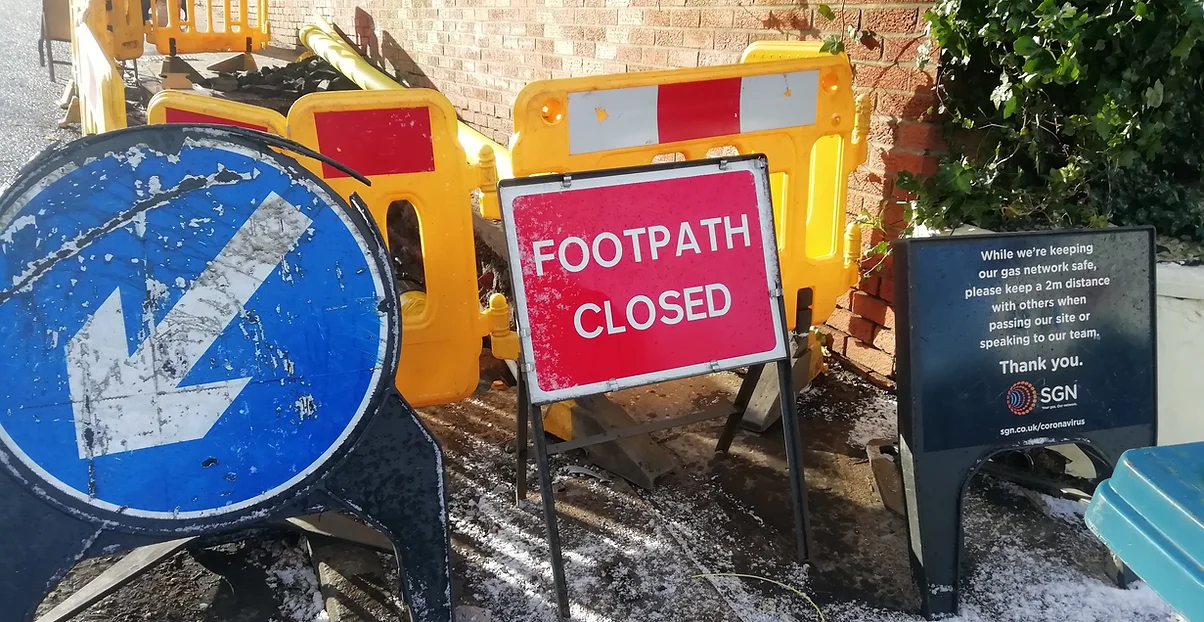
- The successful implementation of a live thermal imaging robotic system within an operational gas distribution network.
- The system potentially could identify specific ‘areas of interest’ that require remediation.
- The system has future capability to guide more agile asset investment decisions.
- A robotic device that uses a heating element to warm-up flowing gas, in a live distribution network, safely and without incident.
- Identification of design improvements for field operations.

The Impact
Customer Service
Minimised disruptions from excavations to assess pipes in difficult to reach places.
Societal
Reductions in the number of excavations and faster repair times.
Environmental
Reductions in the volume of gas vented to the atmosphere during complex-to-locate gas escapes.
Operational
A reduced number of excavations will lead to improved safety and will result in fewer injuries to operatives.
The Project
The aim of StreetScore Phase 2 project was to improve the accessibility and experience of street works for customers in vulnerable situations and the wider public. The focus was on prototyping and validating concepts that could minimise disruptions experienced during street works, before potentially undertaking further developmental and testing activities that facilitates the transition to Business as Usual (BAU) deployment(s).

Workshops were also held to facilitate active engagement between network operators and key stakeholders, such as community groups, charities and advocacy groups. These sessions allowed network operators to develop a greater understanding of the challenges faced by customers in vulnerable situations and provided valuable insights into how customers adapt their behaviours and lifestyle around street works. The feedback gathered has also helped to inform the shortlisting of potential prototypes and concepts for future development.

The Impact
Customers
Improvements in accessibility and safety around street works, particularly for customers in vulnerable situations.
Community engagement
Improved engagement between network operators and third parties like community groups and charities.
Health and safety
Potential to reduce the number of incidents for customers when navigating street works. Learnings from the project have also enabled recommendations for changes or updates to existing regulations.
Financial
Improved guidance in working around street works thus reducing instances of fines for networks.
The Impact
Customers
Improvements in accessibility and safety around street works, particularly for customers in vulnerable situations.
Community engagement
Improved engagement between network operators and third parties like community groups and charities.
Health and safety
Potential to reduce the number of incidents for customers when navigating street works.
Financial
Improved guidance in working around street works thus reducing instances of fines for networks.
Next steps
Consideration is underway within NGN to create a comprehensive, quantified benefits case for each use case for the successful deployment of the solution.
Learnings from previous LeakVISION projects are being used by Cadent Gas in its SIF project, Digital Platform for Leakage Analytics (DPLA), which will improve the GDNs’ understanding, accuracy and granularity regarding the locations and volumes of leaks within assets. It is expected to enable a transformational change in the current shrinkage and leakage model used by GDNs, with completion anticipated by March 2026.
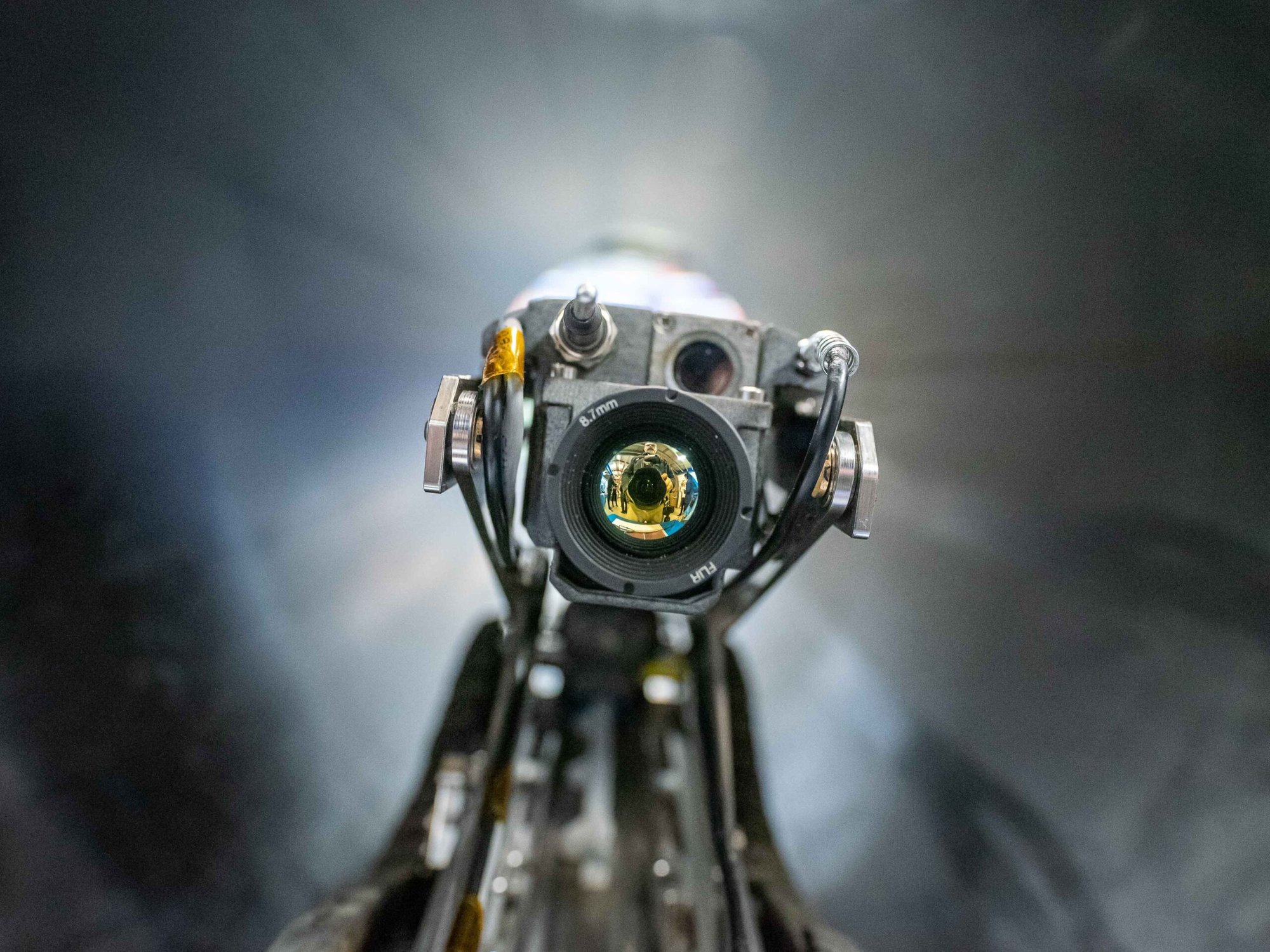
Download a PDF copy of this case study
Please enter your email and we'll send a copy to you.
Access to the latest opportunities in the industry
Funding support and guidance
Connect and collaborate with innovators in the industry
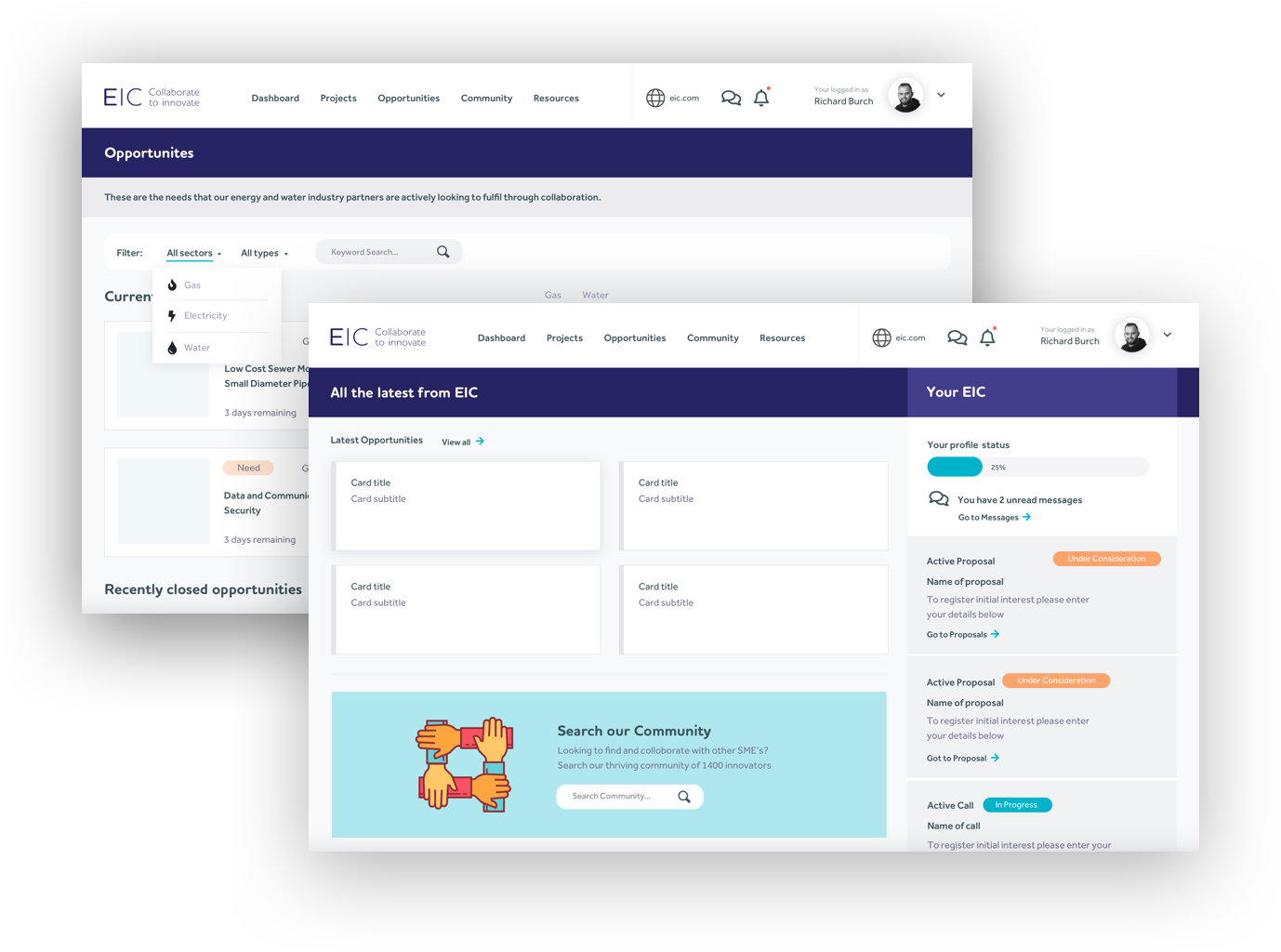
Sign up to our energy innovation hub to take advantage of the benefits and see our innovation opportunities
Access to the latest opportunities in the industry
Funding support and guidance
Connect and collaborate with innovators in the industry

Sign up to our energy innovation hub to take advantage of the benefits and see our innovation opportunities

